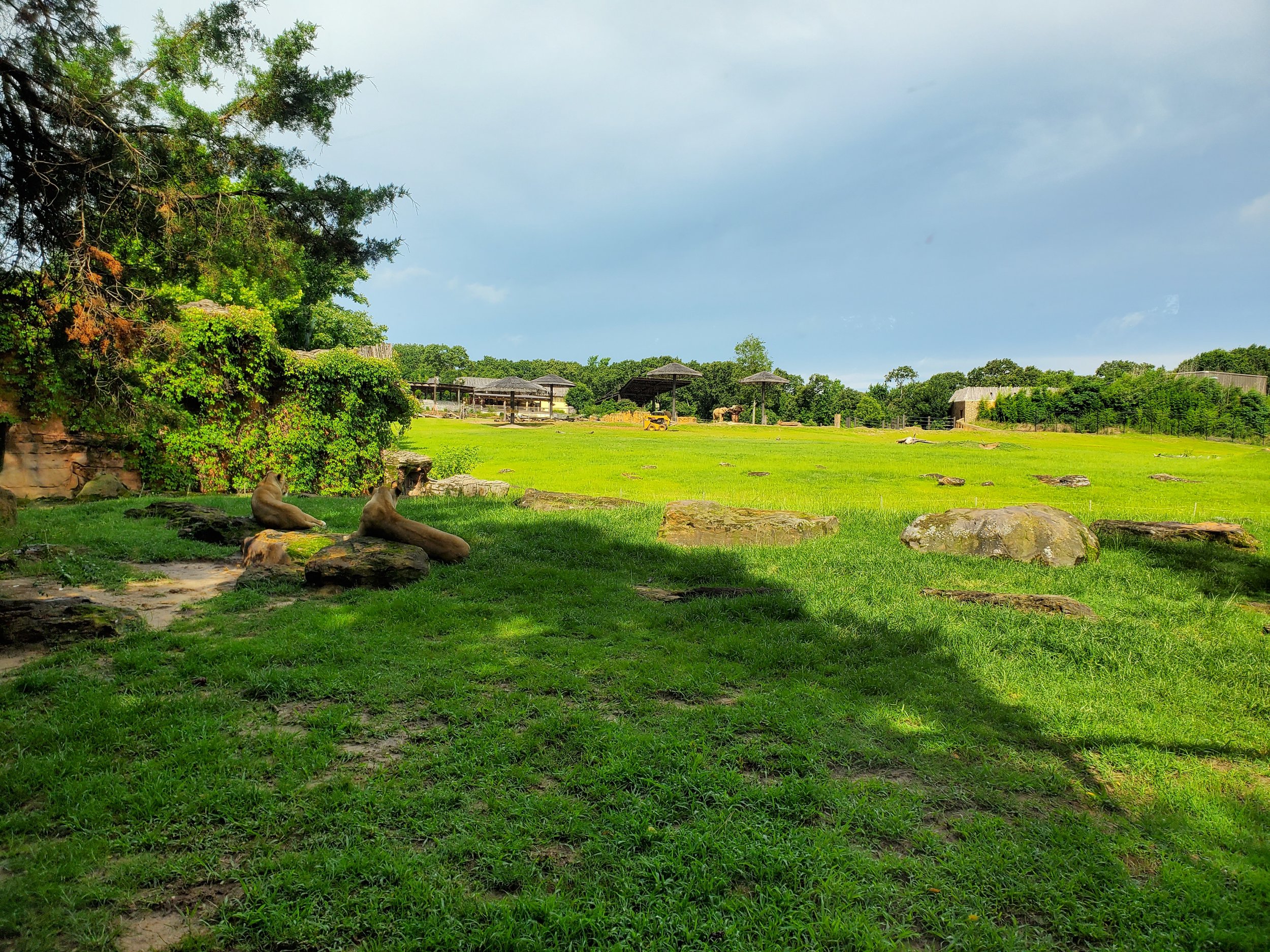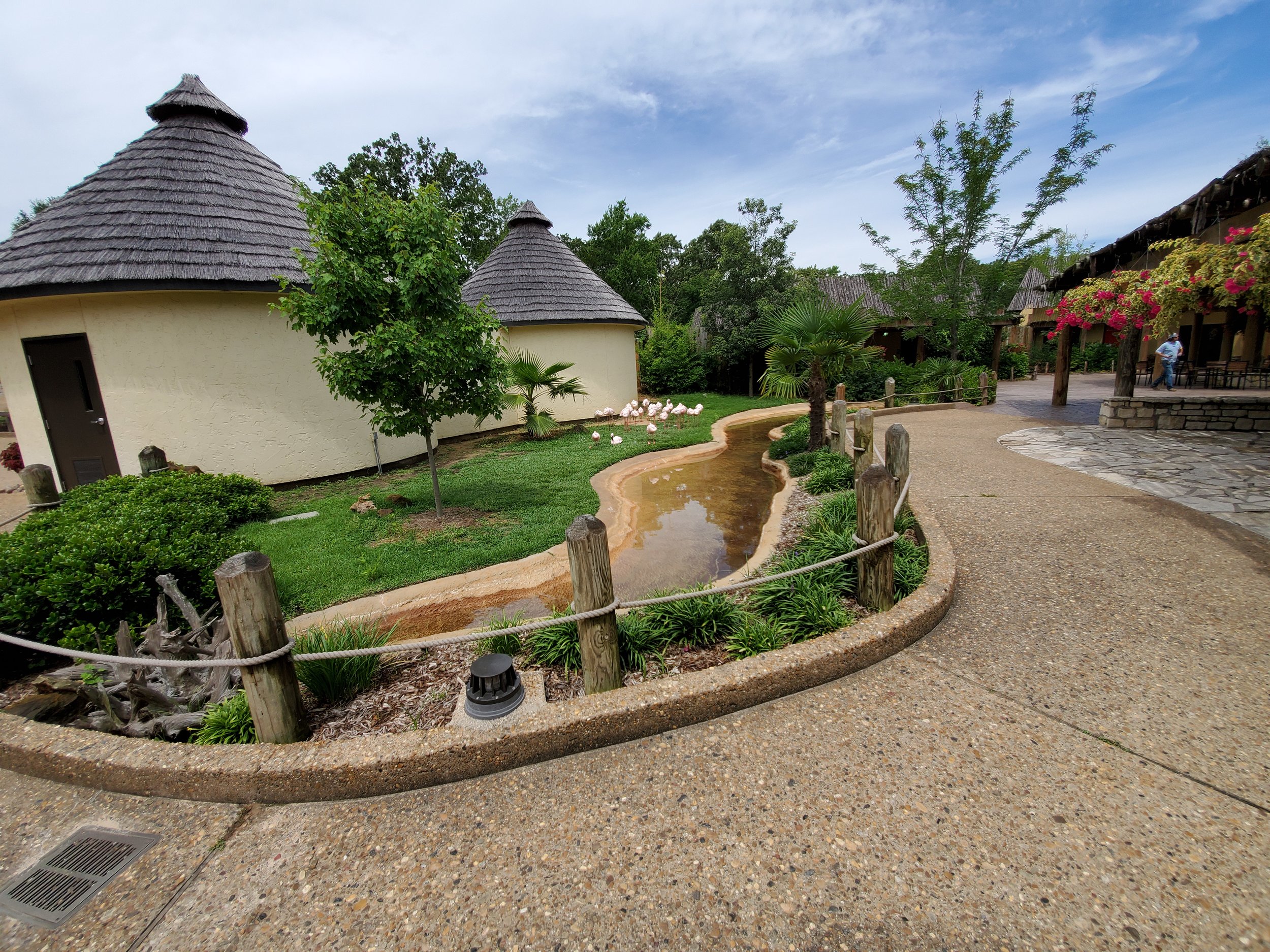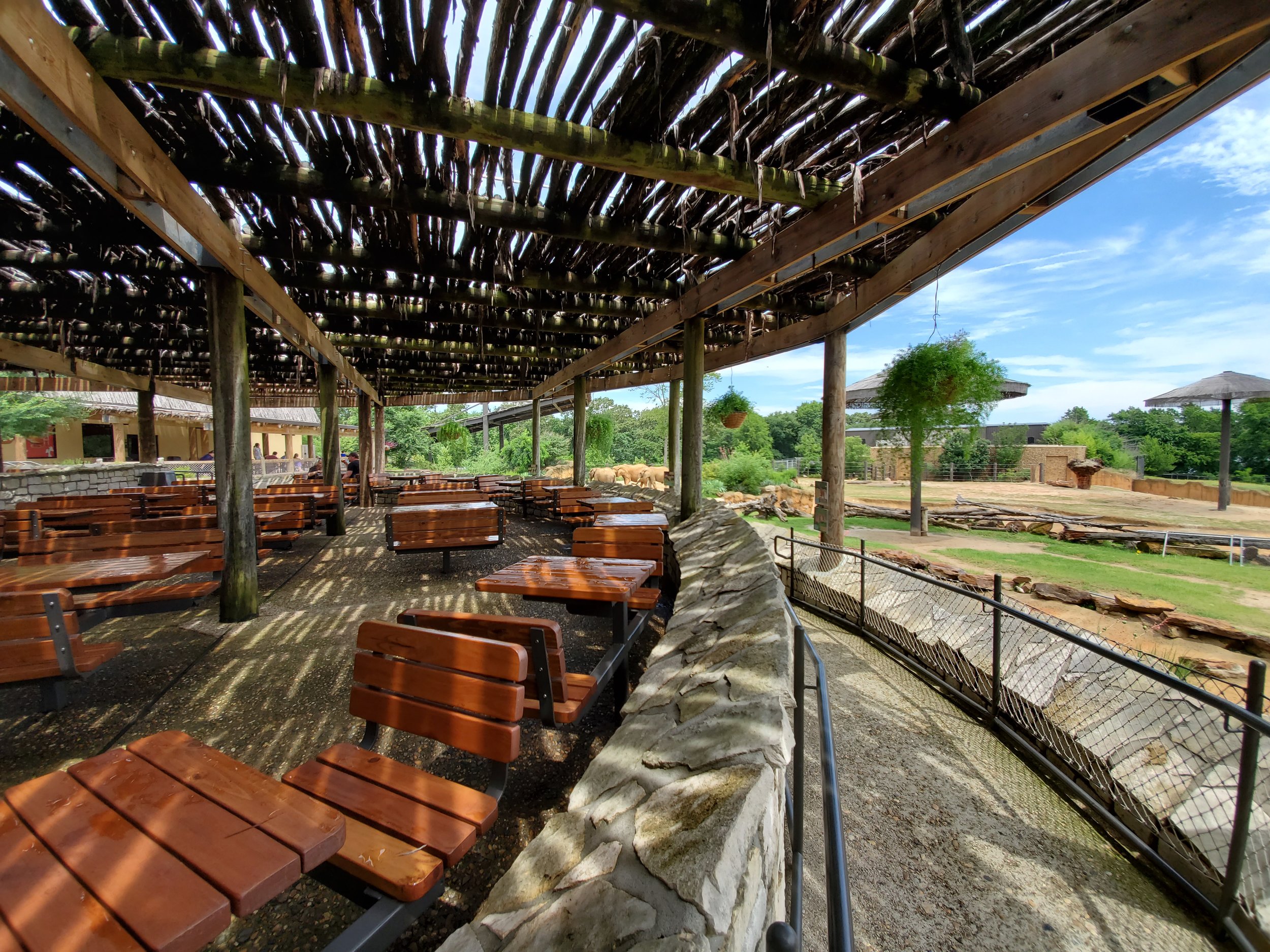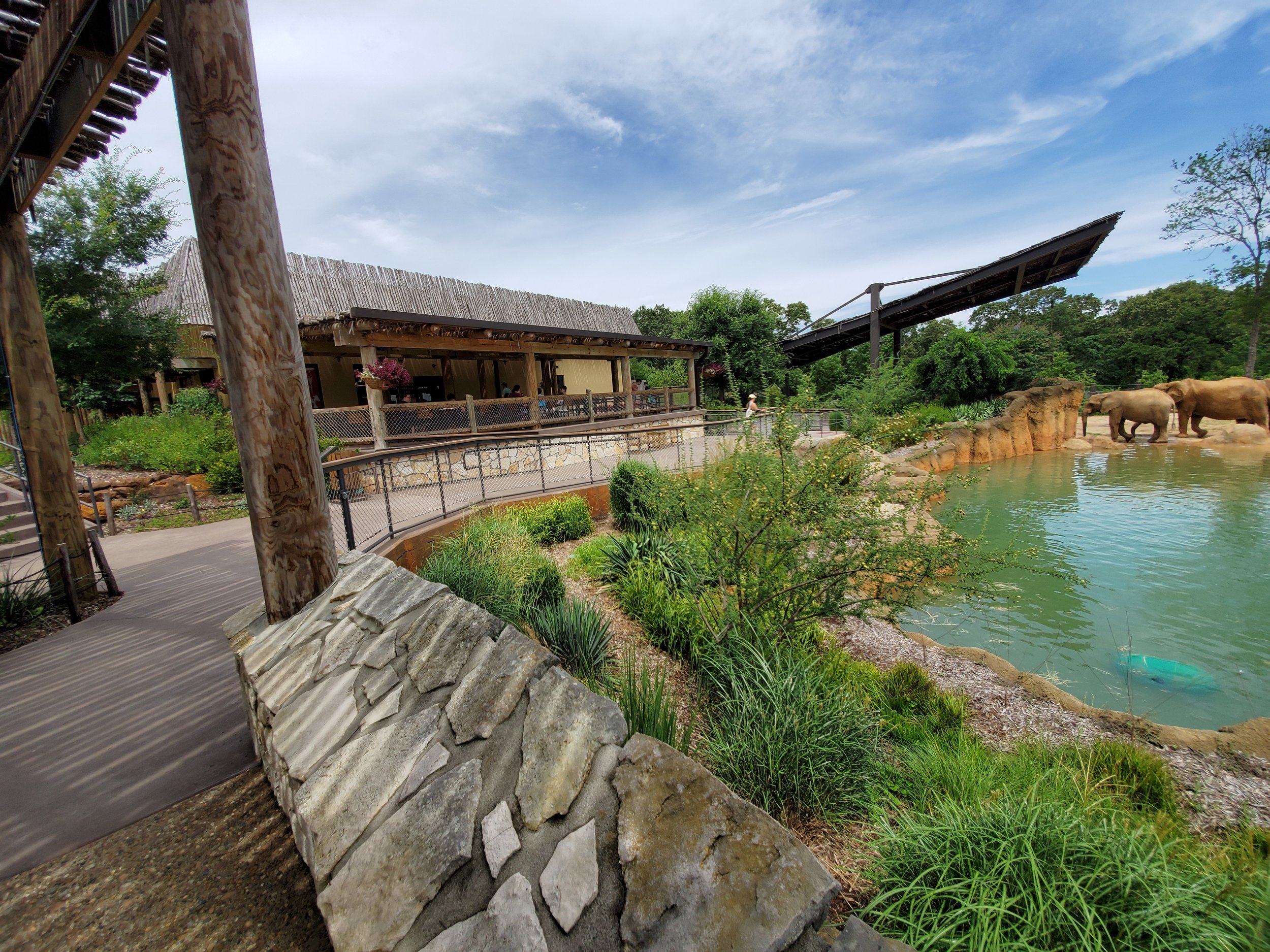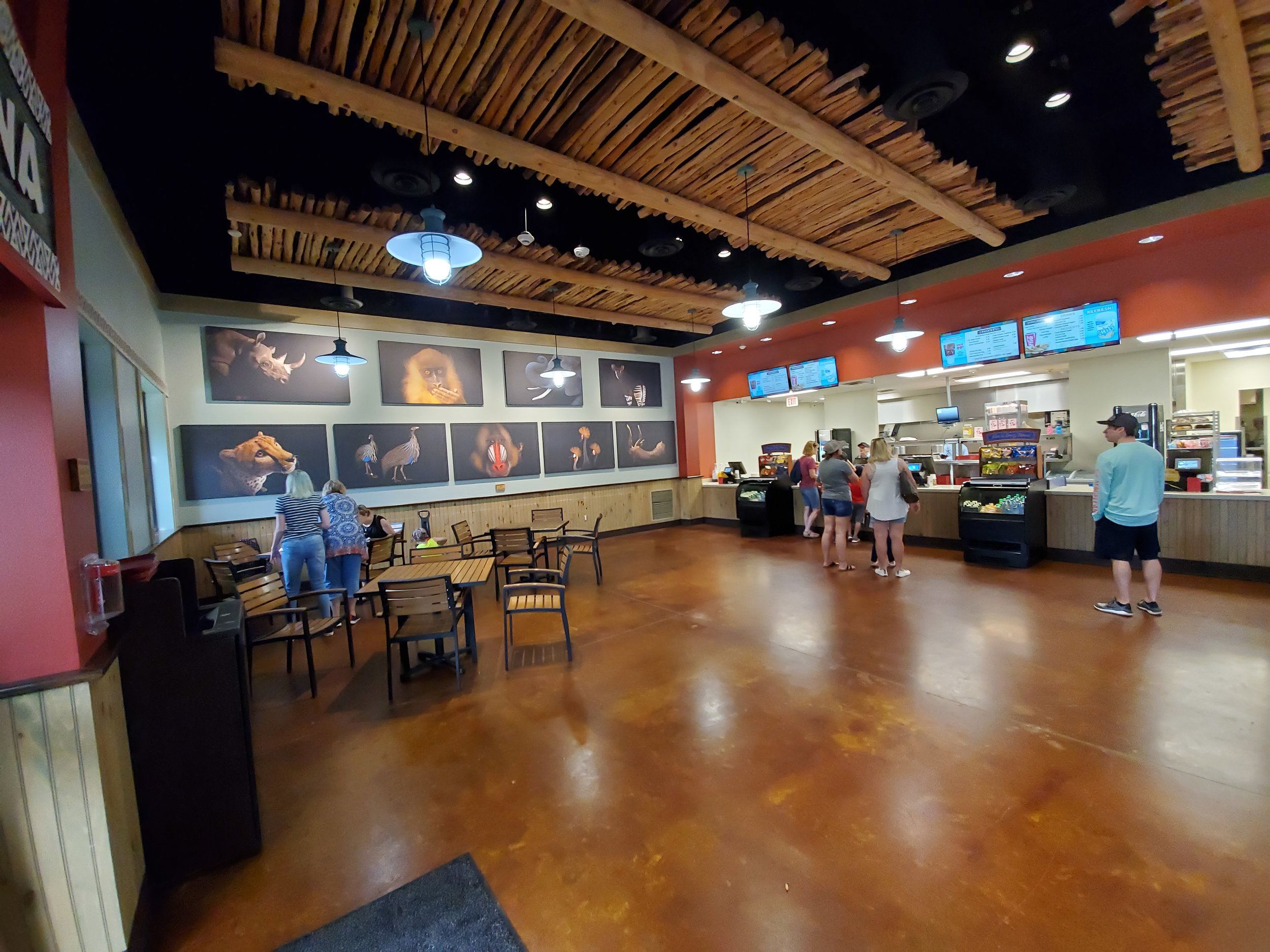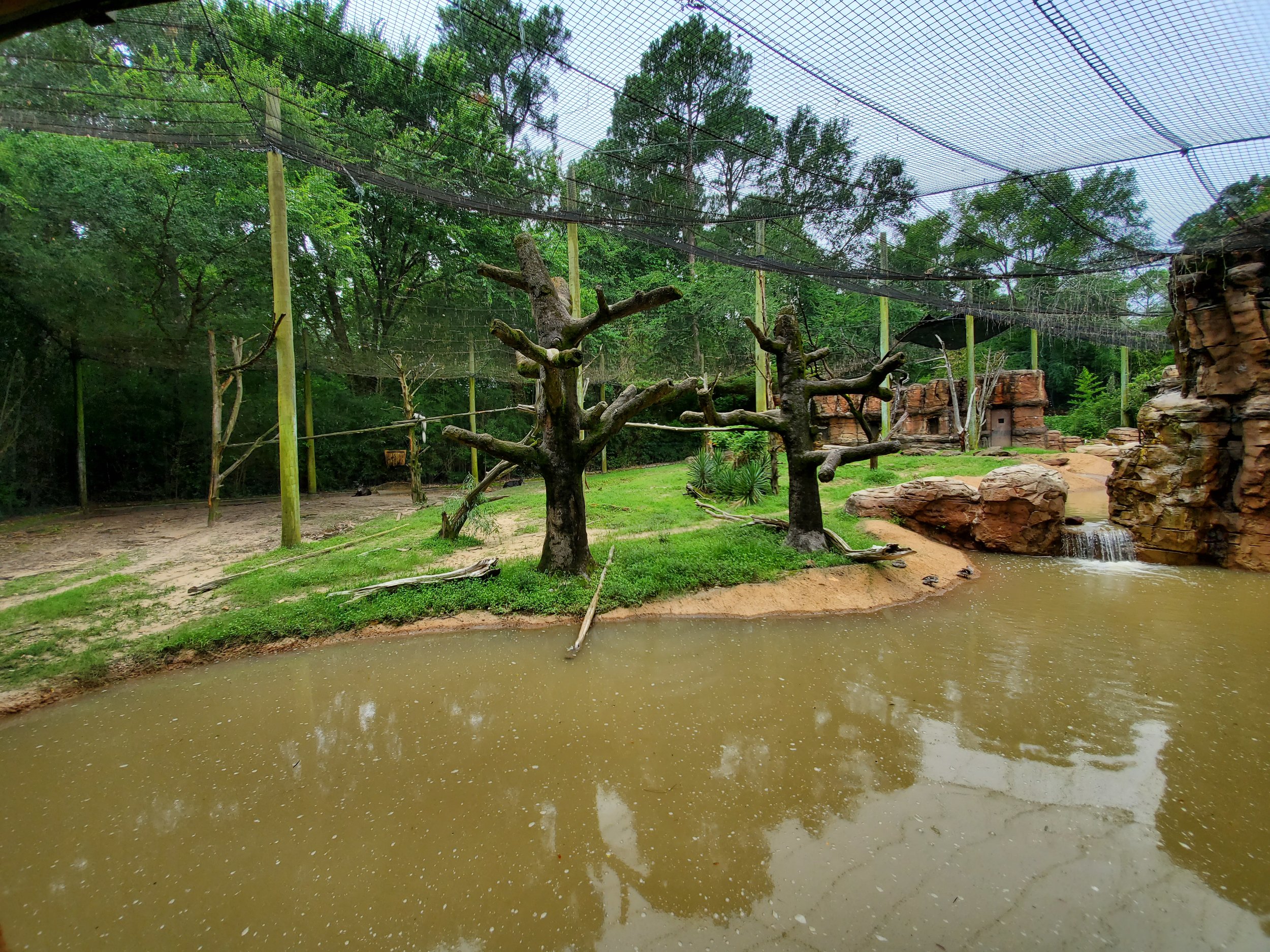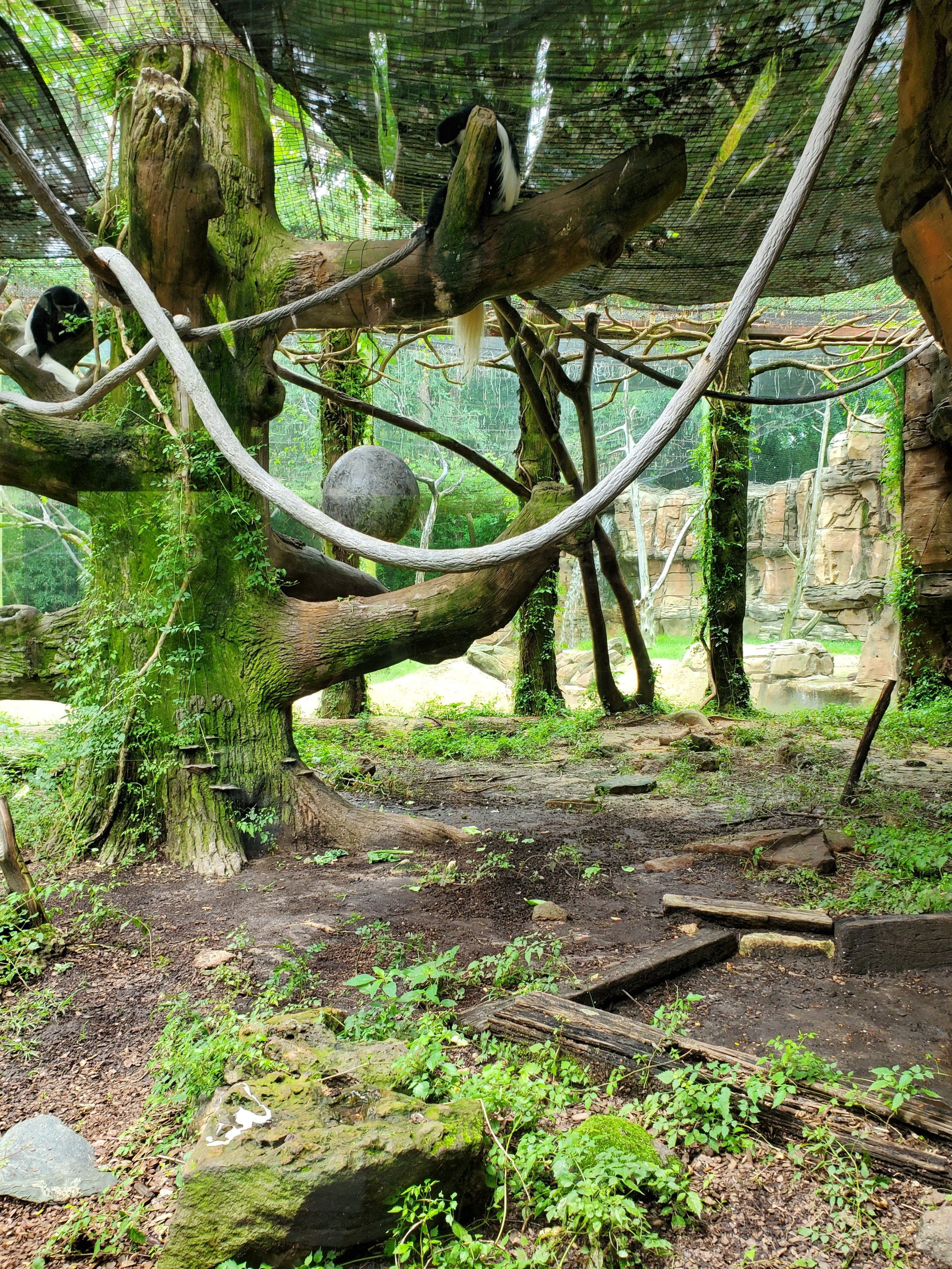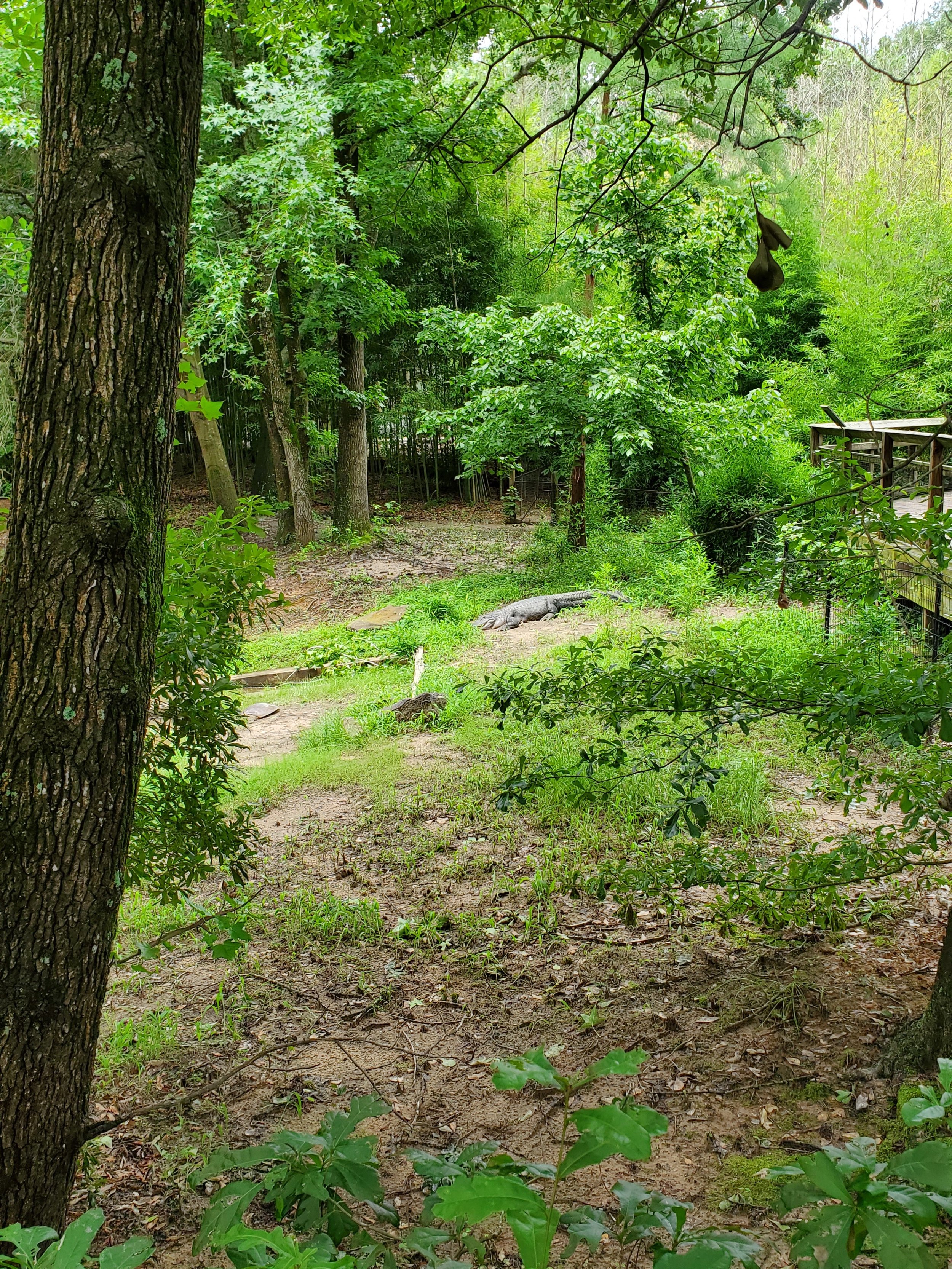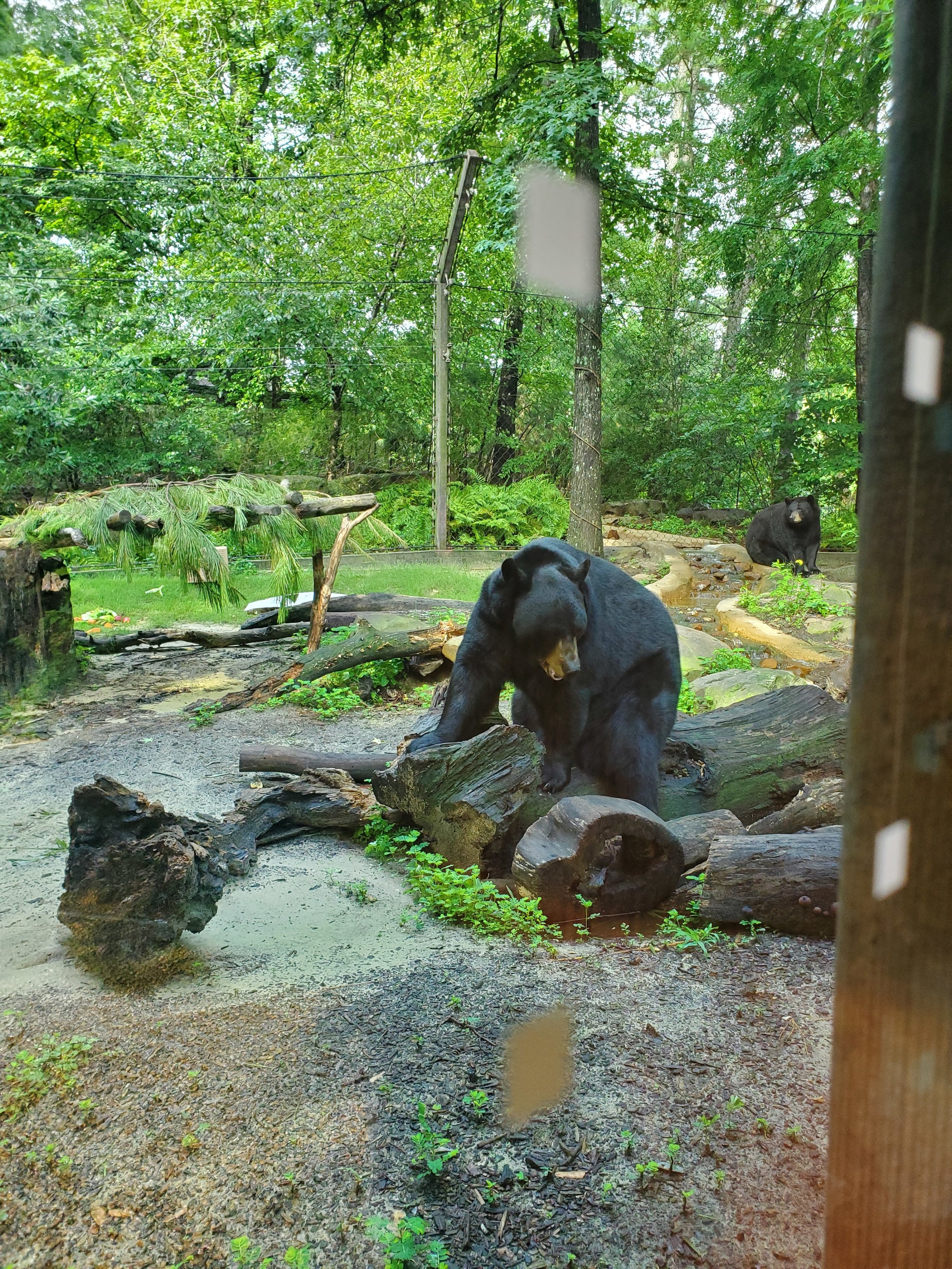Caldwell Zoo: A Timeless Ballad
CASE STUDY: CALDWELL ZOO
As soon as I turned into the parking lot at Caldwell Zoo in Tyler, Texas, I was impressed. Two seconds prior, though, after having to make an abrupt and unexpected turn into the entry, which was marked with an undersized sign and slightly visually impeded entry off the main road, I was not. But, the beautifully landscaped, multi-tiered and segmented, shady parking lot immediately made me forget my momentary frustration. I pulled into a parking space, and even enjoyed a little jaunt through a lovely pollinator garden right off the parking lot.
The entry itself takes you down a series of dramatic stairs (or less dramatic ramp, if you prefer) with landings adorned with African inspired shade structures and lovely landscape beds. All lead you to a perfectly comfortable and welcoming, timelessly-designed entry. This is the take-away for Caldwell Zoo: thoughtful design that stands the test of time.
The entry I so admired, I later found out, was built in the mid-1980s and renovated in the early 2000s. It wasn’t a new entry, in other words. Like many aspects of the zoo, once you studied the details, you would become aware of the aged elements, but the blending of modern, clean design with a touch of thematics buried in rich landscapes and waterscapes is the signature character of the zoo.
For example, the older areas of the zoo, designed and built by executive director Hayes Caldwell and his cadre of architects and contractors (who he described in a manner that felt more like friends than business associates), had a distinctly modern zoo design approach—layered views across multiple habitats when appropriate; borrowed landscapes with an eye to the guest’s vistas; multi-species exhibits that few have replicated. Definitively Texan, Mr. Caldwell’s touch on the zoo, a family business, has been distinct and legacy-making—and borne from love. In my opinion, he has created one of the best examples of what a “small zoo” can be.
The beautiful old wisteria creates a canopy that would be magical as a special events space.
I use the quotes on small zoo because by most standards, the zoo isn’t small—in size. It has over 80 developed acres, and 300 acres available in total. But, the Zoo, located in the small city of Tyler (city proper population under 100,000, while zoo draws from approximately 1.5 hour drive of over 200,000) has limited market draw. While Tyler is about 2.5 hours from Dallas-Ft Worth metro, there’s not a huge tourism draw to the area. So, despite the quality of the zoo and the mega-fauna they have, the zoo only draws about 250,000 in annual attendance.
The future of Caldwell Zoo, according to Mr. Caldwell, is to become more financially independent from the family foundation that currently bankrolls it. The idea is to become more of a city asset—Tyler’s zoo. This means the challenge is in revenue generation in a way the zoo hasn’t historically required. Attendance growth, of course, is a goal, but attendance growth will need to come in creative ways—namely, from the ever-expanding adults with no children market and repeat attendance. Both of these can be tapped, and have been tapped effectively at other zoos, with special events and nighttime events—something the Zoo has not yet taken advantage of. Another area that presents untapped revenue growth for them is in the rental market. Tyler is a market with limited special event venues. The Zoo, especially one so ensconced in the community—the place children grew up, went on their first dates, maybe even got that marriage proposal—would be a popular and unique venue for weddings and other parties.
The clearly defined main path winds through the natural forest of the site.
Overall, Caldwell Zoo has room for growth of its daytime experience, but investment in those areas may not be the highest priority moving forward if the market potential is full now. By making the zoo bigger, it may, in fact, lose some of the what makes it so interesting now. The old wisteria that has created a magical canopy over the white tiger habitat (who are somewhat magical themselves, right?), the feeling of walking through a forest in the North America area, and the well-designed, intimate reptile terrariums (which all feel older, but still really work well).
The newer African area of the Zoo, while very nice by successfully picking up on the subtle cues of the other parts of the zoo (ie the seating area is broken up into smaller sections sort of like the parking lot and entry staircases; Africa feels like Africa but instead of plastering the walls in faux tribal patterns, the interior of the restaurant has stunning oversized Joel Sartore photographs), definitely feels different from the rest of the zoo. It works in Africa, but as new areas are added, design must be conscientious of those key characteristics that make Caldwell Zoo authentic and timeless. The risk-taking of the huge colobus, bongo, yellow-back duikers and tortoise exhibit. The carefully winding pathways and boardwalks. The layered views and hidden moments. These must not be lost in thematics and interpretives. The timeless magic of Caldwell Zoo is in the natural and lovingly thoughtful experience design.
